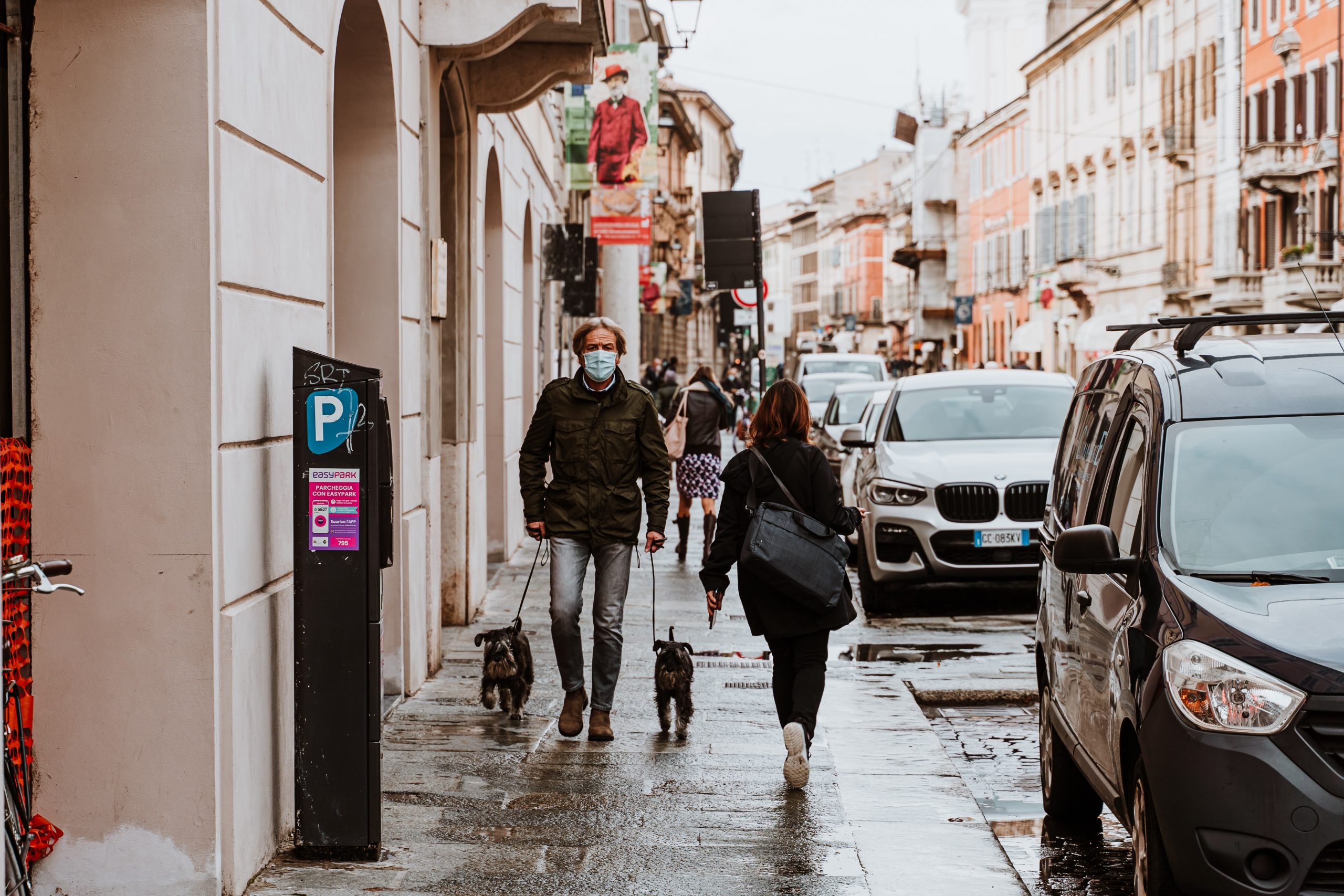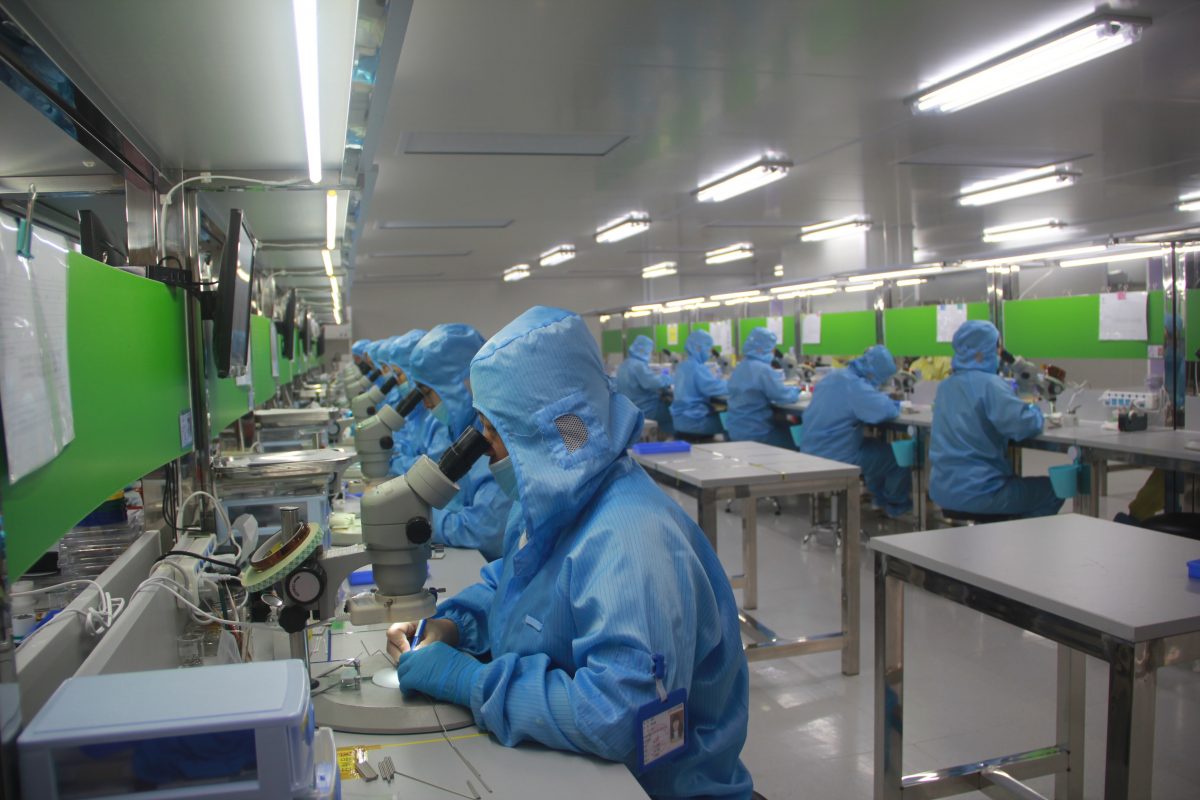An article published on Euro Cities with the participation of Sebastien Bourdin.
Dense settlement and intensive traffic with other centres are reasons why the Covid-19 pandemic hit cities particularly hard. Recent research has shown that other factors also play an important role, for example the quality of public services and the health system.
“When the crisis started, we wanted to know what was happening in other cities,” says Alfredo Corbalan, Manager of European and International Affairs at the Brussels Planning Agency.
“There was a lot of discussion within the world of urban planners on whether density could play a role in the spread of the virus. We wanted to understand the spread of the virus, but most of the debates were very national, there was no European debate,” adds Corbalan.
A study conducted by ESPON, which analysed the spread of the virus across 35 cities in the first phase (March – July 2020) by mapping death rates and charting the contributary causal factors, provides some answers.
At the beginning of the pandemic there was a link between population density and mortality, but by May 2020 this was no longer clearly the case. “The question of population density is not always significant,” answers Sebastien Bourdin, a Professor in Economic Geography at the EM Normandie Business School, who led the ESPON project.
Connectivity proved to be a much bigger factor, which can explain why Northern Italy was particularly badly hit early on. “Milan is the headquarters of FedEx Europe, and Milan Malpensa airport is the second largest in Italy, after Rome, which transits freight from China as well as other international destinations. It’s also connected directly to Chengdu by rail,” said Bourdin.
Other determining factors of both the spread and severity of the virus, according to the research, included the availability of hospital beds and the quality of institutions.
“While there was a lot of unpreparedness, there was also an element of hubris,” adds Bourdin. “For countries such as France, the UK, Belgium, and Spain, which have also been heavily affected by Covid-19, one can speak of overconfidence in their health care system, and in their system of governance. By comparison, when we look at the responsiveness of countries to the first wave, many in Eastern Europe were more conscious that they were less prepared for this pandemic, due to the lower quality of services and of the health care system, and so they took very strict restrictions not to be overtaken by the pandemic,” says Bourdin.
“France for example closed some public services in rural areas in recent years, which can explain why the level of mortality was high. It’s not density, but decline in public services,” says Bourdin.
The Brussels Capital Region, home to a large expatriate population and host to international institutions, such as the European Commission and NATO, has been especially badly hit.
A study released by the Brussels Institute for Statistics and Analysis revealed that, in comparison to the Springs of 2015-2019, the first wave saw excess mortality rates of 82% in Brussels, while this was only 39% higher for Belgium as a whole.
In this analysis, Brussels falls into many of the pandemic ‘traps’. For example, not only is the city very well connected internationally, but sitting in the middle of the country as it does, being the capital city and attracting many daily commuters, means that it is highly connected. In addition, the city’s high numbers of elderly living in retirement homes, and people with difficult socioeconomic situations are further causal factors.
“It’s not necessarily an urban disease, because we have seen that big cities in Asia have not been hit especially,” says Corbalan. “Brussels is super-connected, half of the people working in Brussels live outside the city, so in terms of spreading you also have this connection,” he adds.
“Brussels has been very active trying to respond to the challenges that arose during the pandemic. For example, on the mobility side, we dropped the average traffic speed limit to 30 km/h and added around 40km of bicycle lanes. In the newly pedestrianised areas, we have offered more space to people, including by installing urban furniture [benches etc.], and we are reflecting on the next steps.”
“In Cannes,” adds Bourdin, “bars and restaurants were permitted to install outdoor terraces on the pavements and squares, to help with their economic recovery. In Poland, restaurateurs received training to digitalise their companies, and in Ghent they created a labour pact to support people who lost their jobs. In Gothenburg, an initiative, which aimed to reduce loneliness among the elderly, allowed them to enjoy live music from their windows or balcony, so there were a lot of very nice initiatives.”
One thing to note, however, is that, as Bourdin explains, “many of these measures were only designed for the short term.”
“We have seen throughout history that pandemics have always impacted cities, on the way you develop public space, or housing for instance. So, for sure, there will be an impact. And we see that the more lasting impact will likely be related to mobility and to giving more space to pedestrians and cyclists,” says Corbalan.
“Some cities, especially those where the economy is based on tourism, or that have large cultural or manufacturing sectors, will suffer longer than others,” says Bourdin. “But something that I think is very interesting is that the crisis is already changing the way we live. In Paris, for example, there is a huge increase in the sale of bicycles, with many inhabitants shifting to two wheels, rather than four, to get around the city. From my point of view Covid-19 is also an opportunity to change the city services and work towards greener cities.”
“Another impact,” says Corbalan, “will be related to the home office, and how we think about housing, and keeping it affordable, and the way we develop offices. So, will, for instance, more or less offices be located in the outskirts of the city? And what will be the new housing dynamics between the city and its outskirts?”





